|
Ask any experienced adventure racer, especially those who have experience in multi-day racing, and you will find that few people went into their first race with all the “best” gear. It’s just too much of an investment. Racers build their gear closet over time, investing in a new major item or two each year. Unless you have the disposable cash to buy every ideal piece of equipment at once, figure out what you really need and know that there are plenty of options to get by. There is also a difference between the best piece of gear and the piece of gear that is best for adventure racing. That ultra-light $400 rain jacket? It will likely get shredded before you come out of the woods on your first monster overland trek. Keep in mind that while online reviews are useful, most reviewers are not putting gear through the ringer the way expedition racers are. Your best bet is to do your research and pricing, and ask some experienced racers for their thoughts, too. To begin, check out the article on gear in USARA’s “New to AR” Series. This piece explores the basics of a standard AR gear list. While it wasn’t written with expedition racing in mind, it is a good foundation for many of the basic gear requirements you will have for an expedition race. Beyond that, here are some additional equipment considerations geared (see what we did there?) specifically toward expedition racing. Note that this post is a little bit more scattershot than some of our others. Gear is a big and unwieldy topic; we've organized it as best we can! ClothingCome to the race prepared for anything. A five-day race means the potential for diverse weather. While the PA mountains are not the Rockies, you may still experience wild swings in temperatures at the Endless Mountains Adventure Race. Late June in Pennsylvania can mean anything from cold rain to sweltering heat and humidity – often within a 24-hour period! Weather forecasts will help, but it’s wise to have options as things can shift during race week. You’ll want to figure out what clothes you’re starting in and then what you’ll need for each subsequent leg of the race, and then you will want to pack strategically, based on the course schematic you will likely receive in the week or two preceding the event. Most racers store dry clothes in as many resupply bags, bins, or boxes as they can. It should go without saying, but leave the cotton at home. Synthetic will dry faster, keep you warmer, and keep you cooler. When planning for cold weather, consider investing in merino wool. It’s a game-changer in regard to performance, and by all accounts it resists the stink that comes from five days of racing like nothing else. shoes
Changing shoes can also help reduce the chances of blisters…or at least blisters that threaten your race. You may not be able to stage a fresh pair of shoes for every section of the race (though some people try to), and you may need to jettison a pair or two to keep your box or bin at weight, but try to bring at least an extra pair or two if possible. Ta gearWhen you’re planning your clothing, take TAs into account, especially the ones where you may end up sleeping. At a minimum, most experienced racers pack lightweight TA shoes. Crocs are popular: they are easy-on, easy-off, and they are airy, allowing your feet to dry out and recover a bit. Likewise, some people like to have an extra fleece or jacket, just for transitions. The longer the race, the harder it will be for your body to regulate temperature. rain gearSome racers invest hundreds and hundreds of dollars into an AR shell. Perhaps in a race with legitimate mountaineering or particularly cold temperatures it is worth it, but more often than not, a solid mid-range jacket will do. Keep in mind: an expedition race is relentless on gear. In an environment like you will encounter at the Endless Mountains, you will be off trail a fair bit - with underbrush poking, ripping, and grabbing at you and your gear. Consider how you will feel if that $500 jacket is damaged or lost during the event.
Regarding rain pants: these are, in some ways, one of your most important pieces of gear. Not only do they help keep you drier and warmer, but they add a nice layer of extra protection when bushwhacking. In woods like those in the PA Wilds, it’s not uncommon to become saturated quickly when you’re bushwhacking. Even if the sun is out, overnight dew and rain can leave woods dripping with condensation and rainwater for hours. If it happens to be cooler, before you know it you will be soaked through and freezing. Rain pants can make all the difference in the world. Here, too, you may not remain entirely dry, but you will stay warm enough to keep racing comfortably. Finally, we recommend avoiding minimalist rain gear, especially for an event like the Endless Mountains. It may save you a few ounces, but it likely will cost you a fair bit of money, and it will almost definitely get shredded right out of the TA. big-ticket itemsSo, what gear should you strongly consider investing more money in? Here are some ideas, though remember, most people don’t drop their credit card on all these things at once. Consider what you want to prioritize and build your collection. Lighting. The cheaper option here is to use lights that run on disposable batteries. These light systems tend to be less expensive, and you don’t have to invest in extra batteries or come up with creative ways to recharge. Most experienced racers invest in higher end set-ups, however. There are several great lighting companies including Lupine Lighting, Dinotte, Light in Motion, and more. These systems produce more light output, and many, like Lupine can now be programmed to put out different lumens based on personal preference and comfort. Some racers race with one light throughout the race. Others have a different setup for bike sections. You want to consider battery run-time, weight, and lumens/light output when determining how to invest. The Rootstock Race team has been supported by and races with Lupine Lighting, and we have been thrilled with the power, battery life, ease of use, and service options that come with the investment. We can't recommend them enough! Paddles. Most seasoned racers are racing with two or four-piece carbon kayak paddles. Such a paddle can cost several hundred dollars, but they are much lighter and can break down for transport in your pack, which comes in handy if you have to carry paddles overland for a stretch. They are lightweight, which also means less wear and tear on your body. Multi-piece paddles also pack easier in paddle bags, and they take up less of your weight allotment. Packs. Really, any pack will do, but you want something durable, functional, and comfortable. You will be wearing your pack(s) for several days, so make sure you have something that fits your body well, or be prepared for some serious chafing. Consider how you will pack your gear, what you want to access quickly, etc. Many racers love packs with endless side pockets for small items and food; others find these luxuries overkill. They can add weight to the pack, and what seems like a logical organizational system can quickly dissolve into a chaotic mess by day two or three, making it harder to keep things organized rather than helping. Increasingly, Hyperlite packs have become commonplace with experienced racers. They are costly, but they hold up better than any other pack when bushwhacking, and they are water resistant. They are minimalist in nature, so they require a different approach to organization, but some find that simplicity more efficient during the race. Packrafts. Packrafts are becoming a commonplace discipline in adventure racing, even at the 24-hour level. At the 2023 Endless Mountains, all paddling will take place in packrafts. Few packrafts are “cheap,” but it’s worth knowing that this is one piece of gear for which investment really translates to performance. When considering this investment, it might seem like a good idea to save a couple of hundred bucks on a boat, but many racers end up selling entry-level boats and upgrading to a better one after their first race or two. If performance and durability are not important to you, and you don’t mind some added weight, there are various options for lower-end rafts. Just make sure you do thorough research on alternative rafting companies. Mountain Bikes. Presumably, you are already the proud owner of a quality mountain bike. If you are considering upgrading or you are jumping into the deep end with an expedition race as one of your first events, here are some things to consider if you are in the market for a bike:
Bike Bags. Many experienced riders try to shift some of their weight onto their bike frames, especially during expedition races. This preserves your back and helps you conserve energy as you may be carrying large packs, larger quantities of food than in a shorter race, or a bit of extra gear to relieve a tired teammate. True, your uber-light bikes will no longer be featherweight, and your heavier bikes may become small tanks, but it really can make a massive difference to your performance and overall speed and endurance over the course of a multi-day event. We are partial toward the US-based company Dirtbags Bikepacking, who supports Rootstock Racing and is sponsoring the Endless Mountains, but there are other manufacturers out there. We like Dirtbags because they specifically design their products for long-haul bikepacking, which we find mimic multi-day adventure racing. Regardless of what company you go with, look at handlebar-mounted bags for easy access to food and small items and seatpost bags to store bigger gear. Some racers also like racing with a frame bag. Consider, too, how you will keep gear in those bags dry (some are waterproof, but many are not). odds and endsThis list could balloon into a small encyclopedia, and the reality is there are a million different items that racers use in multi-day racing. You will find all sorts of brilliant tricks, and what you believe you need on the race course will likely differ from your teammates and other racers on the course. That said, here are some random items to consider packing in your pack, bike box, or gear bin.
2 Comments
Dave Arentsen
1/5/2022 11:43:32 am
I use pedals that don't have clips so I can wear any sneakers I have. What do people think about having to carry separate bike shoes? And if you do, are broken shoe clips an issue?
Reply
Dave Arentsen
1/5/2022 11:47:00 am
What do you think about carrying pain relief OTC meds? Some marathoners take aspirin before a race. Is it safe to mask pain? I crashed last year and happen to have a few 500mg pills with me. They helped me carry on for 10 more hours, but I ended up having 3 cracked ribs so I probably should have stopped earlier. I won't do that again - use pain pills or crash that big!
Reply
Your comment will be posted after it is approved.
Leave a Reply. |
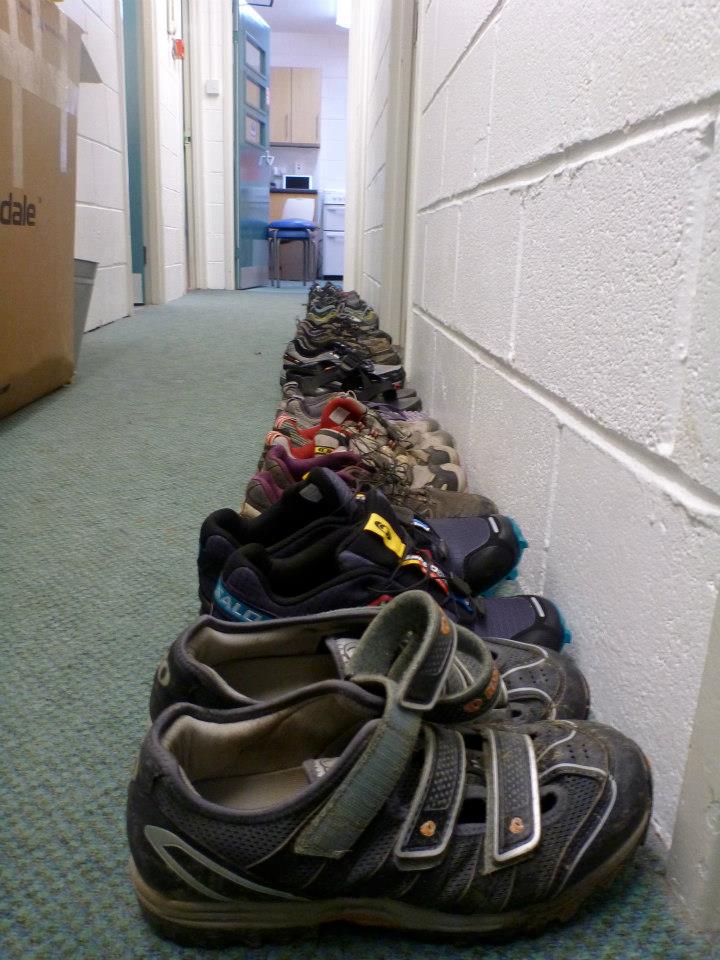
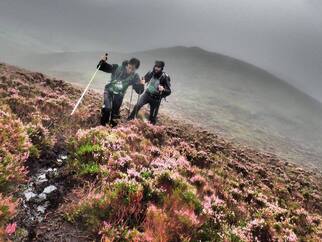
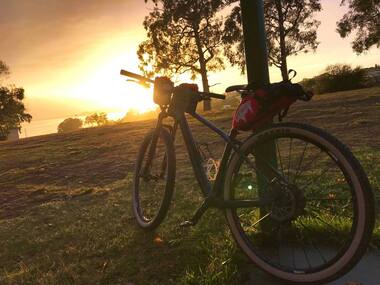
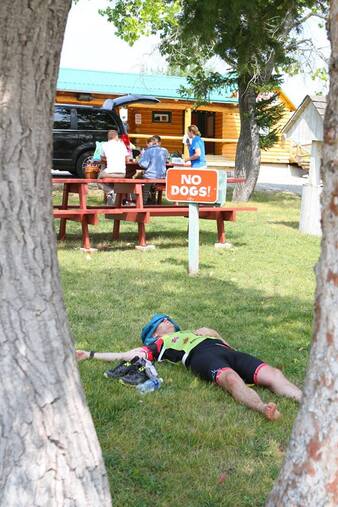
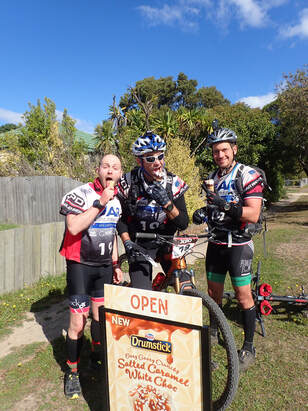
 RSS Feed
RSS Feed
